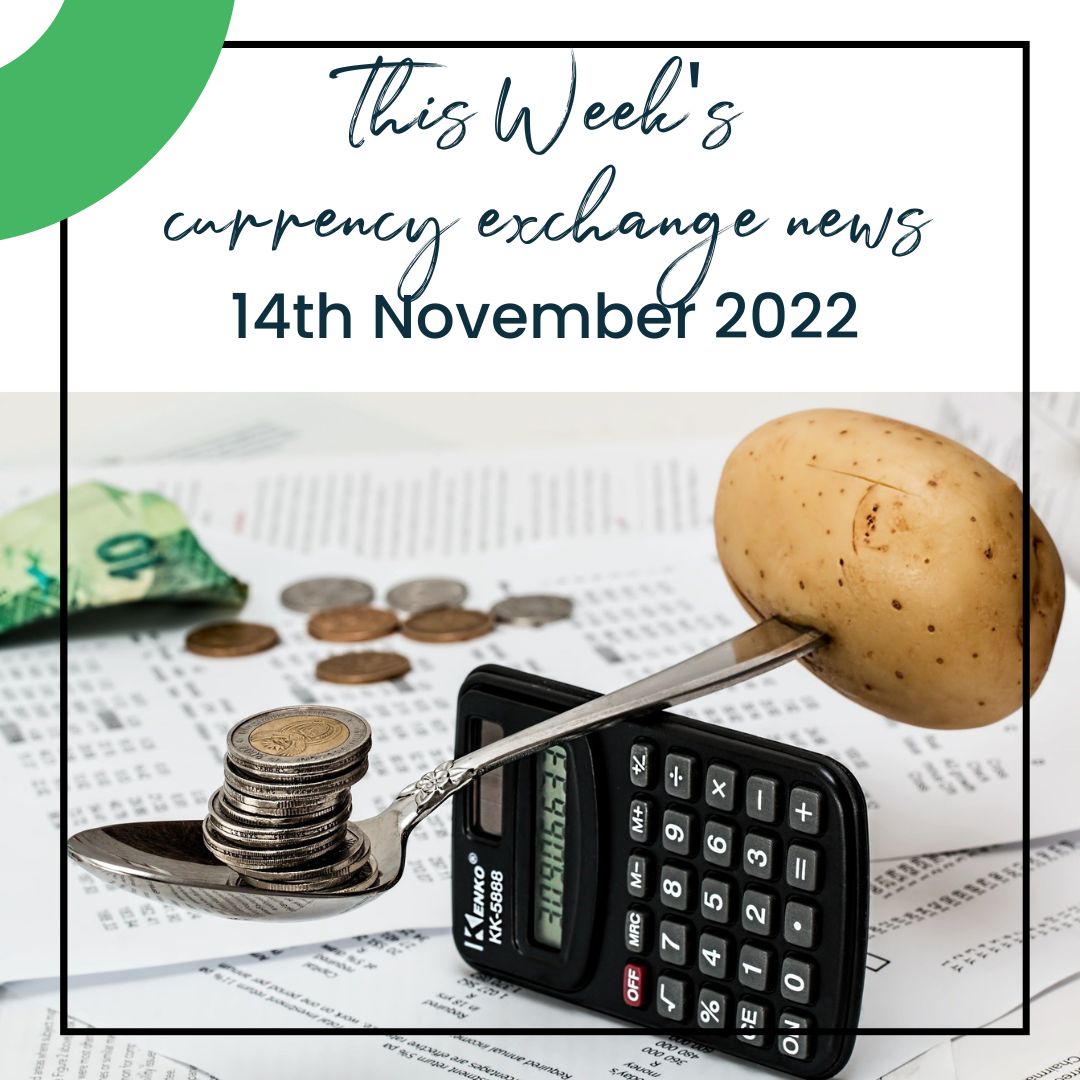This weeks currency exchange news In the coming week, investors will be looking at a spate of U.S. data, including Wednesday’s retail sales report, for more insight into whether the Federal Reserve’s aggressive rate hikes are cooling the economy. Moreover, the U.K. government is finally to announce its new budget plan and investors will be paying close attention after the market meltdown set off by September’s “mini-budget”. GBP: U.K. Chancellor Jeremy Hunt is set to announce the government’s new fiscal plan on Thursday and markets will be watching closely after September’s mini-budget from predecessor Kwasi Kwarteng sent sterling tumbling and forced the Bank of England to intervene to stem a rout in the bond market. The U.K. economy is facing what is likely to be a prolonged recession as a cost-of-living crisis squeezes consumers. Hunt has indicated that around £60 billion in tax increases and spending cuts are coming to tackle a gaping hole in the public finances. Furthermore, the U.K. is also to release the latest data on inflation, employment, and retail sales in the coming days. Ultimately, inflation hit 10.1% in September and Wednesday’s data is expected to show an increase to 10.6% in October, which is likely to mark the peak given that energy prices are now being fixed by the government until April. To get the latest and best currency exchange rates, just click here EUR: Last week’s gains for the European currency approached almost 500-basis points against the US Dollar and many analysts are now expecting a correction. The move followed an easing of inflationary pressures on the US economy which was in fact the main catalyst that pushed the greenback lower against all major currencies. The prospect of a less hawkish Fed bridges the gap between the policies followed by the two central banks, and this would lead to a return of the currency pair to higher levels – which already seems to be happening. However, many analysts are having significant doubts as to whether this strong upward momentum can be sustained without some new catalyst. Ultimately, the only certainty is that the single European currency has returned above parity and has avoided collapse for the time being but remains at low prices relative to the pair’s long-term equilibrium trend. USD: Last week’s softer U.S. inflation data fuelled expectations that the Fed could get less aggressive with its rate hikes from December after four consecutive 75-basis point increases. Wednesday’s retail sales numbers for October should provide insight into how consumers are faring ahead of the key holiday shopping season amid historically high inflation. Economists are expecting an increase of 0.8%, and a stronger-than-expected reading could be seen as a sign that the Fed still has more work to do in cooling the economy. Furthermore, the U.S. is also to release October data on producer price inflation, industrial production, housing starts and existing home sales – all of which could dictate the short-term path of the US Dollar. To read more articles like this, just click here To see videos about similar topics, Just click here |

Advice
But they said it would be online – When to change estate agents in Spain
The market is quiet In a tranquil village south of Granada, Maria found herself at a crossroads, not just geographically but emotionally and practically. Her cozy



